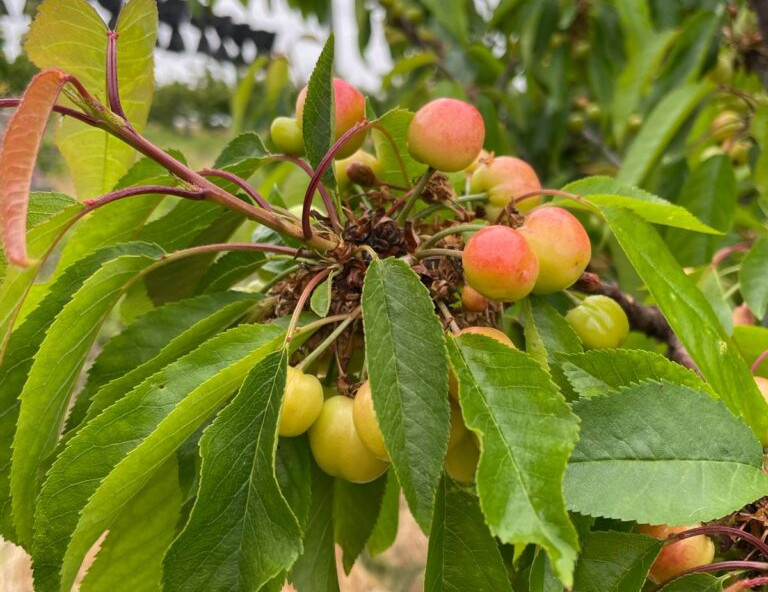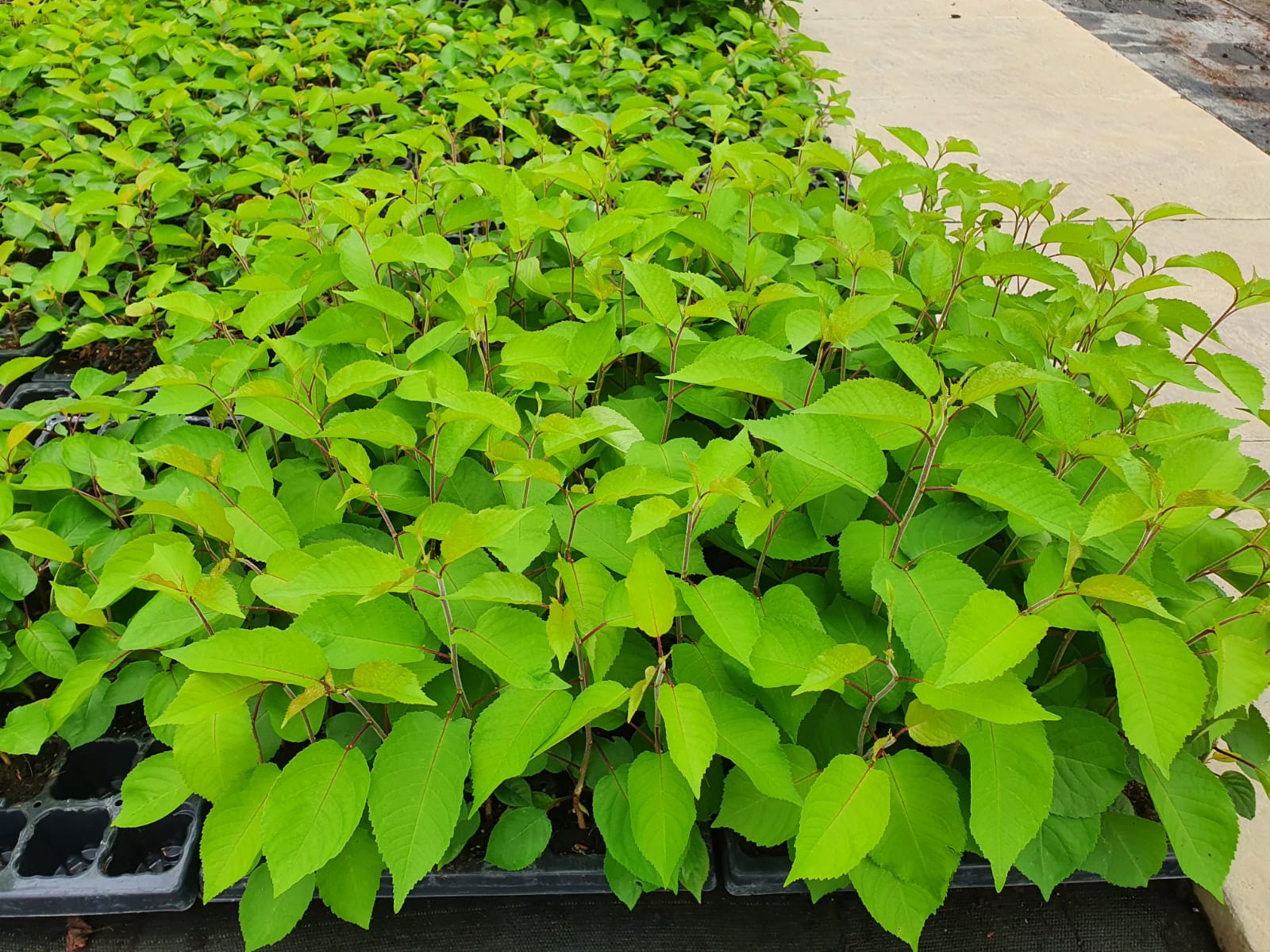The California cherry season in 2025 is starting with a delay of about one week compared to the historical average and with a lower-than-expected production. Unstable weather conditions during blooming—characterized by rain, wind, and heat spikes—have affected the yield of early varieties, particularly Coral and Bing.
Lower production, but promising quality
Despite the decrease in volumes, the quality of the cherries is expected to be high. The fruits show larger sizes and an excellent appearance, especially for late-ripening varieties, which are currently in full bloom.
Harvest is expected to begin around May 5, with "promotable" volumes lasting until June 10.
Impact on main varieties
The Coral and Bing varieties, which together represent a significant share of California’s production, have experienced a notable decline. In the Central San Joaquin Valley, Coral production could drop by 20–30% compared to the previous year, decreasing from 5 to 3 tons per acre (approximately 11.2 to 6.7 tons per hectare).
Bing has also shown poor blooming in the Stockton and Lodi regions, with expected shipments of about 1 million cartons, compared to 2 million last year.
Economic challenges and market strategies
The combination of reduced production and rising harvest costs presents economic challenges for growers. Joe Cataldo, president of J&M Farms and Delta Packing Co., notes that market prices that are too low could make it difficult to cover costs, also negatively affecting the Northwest Pacific market.
Additionally, the presence of new early varieties, often unfamiliar to consumers, requires effective communication strategies to prevent negative experiences that could hurt future sales, including those of premium varieties like Bing.
Export outlook and comparison with Europe
Exports to Asia, traditionally important for California cherries, could be limited this year due to tariffs, unfavorable exchange rates, and high air freight costs.
This situation mirrors similar dynamics in European markets, where varietal differentiation and consumer loyalty have become crucial for the industry's sustainability.
Conclusion
The 2025 California cherry season represents a litmus test for the entire supply chain, facing climatic, economic, and communication challenges.
The promising fruit quality offers an opportunity to strengthen market position, provided that targeted and collaborative strategies are adopted across the value chain.
Source: fruitnet.com
Image source: freepik.com
Cherry Times - All rights reserved












